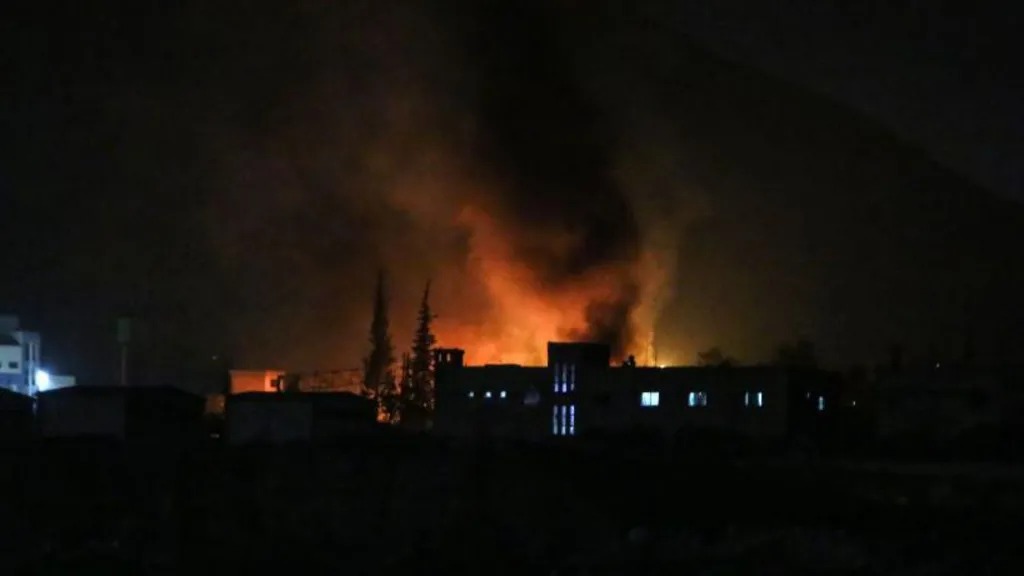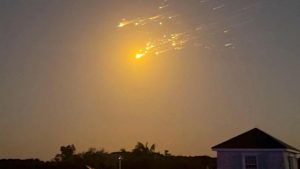
Over 300 Israeli Strikes on Syria After Assad’s Fall
Following the dramatic fall of Bashar al-Assad’s regime, Israeli forces have launched over 300 airstrikes across Syria. These operations, reportedly targeting Syrian Army military installations, aim to prevent weapons from falling into extremist hands during the transition to a post-Assad era.
Israeli Strikes Intensify After Assad Regime’s Collapse
The Syrian Observatory for Human Rights (SOHR) documented at least 310 strikes by the Israeli Defense Forces (IDF) since Sunday. Key targets include ammunition depots, naval bases, and research facilities in cities like Damascus, Aleppo, and Hama. Over 60 strikes were recorded in a single night between Monday and Tuesday, with reports indicating the destruction of many facilities.
SOHR founder Rami Abdul Rahman highlighted the severity of the attacks, stating that they have effectively “destroyed all the capabilities of the Syrian Army.” The attacks represent a significant escalation in Israel’s strategy in Syria, as the nation grapples with the power vacuum left by Assad’s ouster.
Targeting Weapons and Preventing Extremist Access
Israel has maintained that its actions are defensive. Foreign Minister Gideon Saar explained the strikes were meant to neutralize strategic weapons, such as chemical stockpiles and long-range missiles, ensuring they do not fall into extremist hands.
Prime Minister Benjamin Netanyahu emphasized the need to protect Israel’s borders while expressing a desire for peaceful relations with new Syrian leadership. “If we can establish peaceful relations with the emerging forces in Syria, that’s our desire. But if not, we will do what is necessary to defend Israel,” Netanyahu said on Monday.
IDF Presence in the Buffer Zone
As part of its operations, the IDF temporarily seized positions in Syria’s demilitarized buffer zone. Photos released on Monday showed troops crossing from the Israeli-occupied Golan Heights into areas monitored by UN peacekeepers. Netanyahu assured this was a defensive measure while a long-term arrangement is sought.
Despite the strikes, the IDF denied reports of tanks entering Syrian territory, asserting that their troops remain within the buffer zone.
The Risk of Chemical Weapons
The UN’s chemical watchdog has urged Syrian authorities to secure any remaining chemical weapons stockpiles. Although the exact number and locations of these stockpiles remain unclear, concerns persist about their potential misuse during the ongoing instability.
A Changing Syrian Landscape
The Israeli strikes come days after Syrian rebel fighters, led by the Islamist group Hayat Tahrir al-Sham (HTS), captured Damascus and declared the nation “free.” Assad’s regime, which he and his father controlled since 1971, collapsed after a series of rebel advances.
Israel’s actions, coupled with the shifting power dynamics in Syria, underscore the complexity of the post-Assad era. As new leadership emerges, regional actors are vying to secure their interests while ensuring stability in a volatile landscape.
This SEO-friendly article provides concise, keyword-rich content, adhering to readability and passive voice guidelines while engaging readers with a comprehensive overview.





